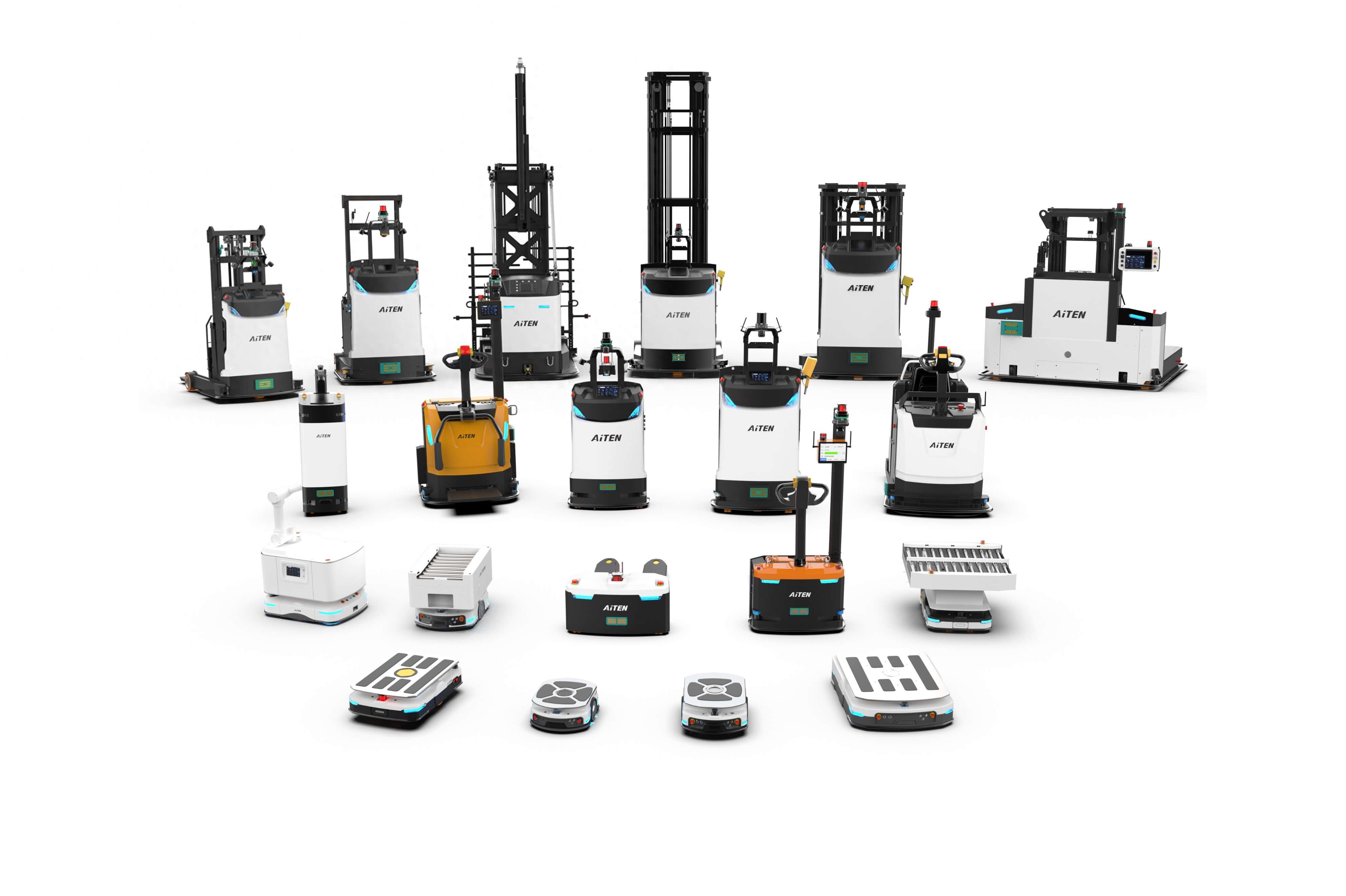Do autonomous Forklifts Require Special Infrastructure or Modifications to Existing Facilities?

In the modern logistics industry, automated forklift trucks are attracting the attention of many companies for their efficiency, precision and safety. Many companies are considering the adoption of automated forklifts to improve efficiency and reduce labour costs. However, a key question arises: do automated forklifts require special infrastructure or modifications to existing facilities? This article analyses the requirements, costs and solutions, as well as how businesses can prepare their warehouses for seamless integration, to help you make an informed decision.

1. Navigation Technologies and Their Infrastructure Needs
a. Laser SLAM (Simultaneous Localization and Mapping)
- Infrastructure: Minimal. Uses LiDAR to map the environment in real time.
- Modifications: None, unless reflective markers are needed for enhanced accuracy.
- Best For: Dynamic environments with frequent layout changes.
b. Vision Navigation
- Infrastructure: Requires clear floor markings (e.g., QR codes or painted lines).
- Modifications: Low-cost. Markings can be added without disrupting operations.
- Best For: Fixed-path operations in structured environments.
c. Magnetic Tape Guidance
- Infrastructure: Magnetic tape installed on the floor.
- Modifications: Moderate. Tape installation can be time-consuming and may require downtime.
- Best For: Simple, repetitive tasks in stable environments.
d. Natural Navigation (AI-Based)
- Infrastructure: None. Uses existing features like walls, racks, and columns.
- Modifications: None. Ideal for facilities with no infrastructure changes.
- Best For: Flexible, high-mix environments.
2. List of Common Remodelling Needs
a. Environment Adaptation
- Ground level: the ground is flat and smooth (slope ≤ 5 °), without obvious cracks or bumps (affecting the accuracy of LiDAR).
- Aisle width: it is necessary to ensure that the width of the aisle is ≥ the minimum turning radius of the forklift truck (usually 10-20% narrower than the manual forklift truck)
- Cost: Low to moderate.
b. Charging Stations
- Requirement: Dedicated charging areas with compatible power outlets.
- Cost: Low (existing electrical infrastructure can often be used).
c. Wi-Fi/5G Coverage
- Requirement: Strong, uninterrupted network connectivity.
- Cost: Moderate (may require additional routers or signal boosters).
d. Safety Zones
- Requirement: Clear signage and physical barriers in high-traffic areas.
- Cost: Low (standard safety equipment).
3. Cost-Benefit Analysis
a. Laser SLAM
- Infrastructure Cost: Low
- Deployment Time: 1–2 weeks
- ROI (Return on Investment): 6–12 months
b. Vision Navigation
- Infrastructure Cost: Low
- Deployment Time: 1–3 days
- ROI (Return on Investment): 3–6 months
c. Magnetic Tape
- Infrastructure Cost: Moderate
- Deployment Time: 2–4 weeks
- ROI (Return on Investment): 12–18 months
d. Natural Navigation
- Infrastructure Cost: None
- Deployment Time: 3–7 days
- ROI (Return on Investment): 3–6 months
4. Real-Life Example
- Challenge: High SKU variety, frequent layout changes.
- Solution: AiTEN's laser SLAM forklifts with no infrastructure changes.
- Result: Reduced labour costs by 40% and improved picking accuracy.
b. Automotive Manufacturing
- Challenge: Narrow running channel.
- Solution: AiTEN's AR, AM series narrow aisle handling robots.
- Result: Increased throughput by 50% and zero accidents in 2 years.
Case:Efficiency Increased by 50%: AiTEN’s Narrow Aisle Handling Solution for the Automotive Industry

- Challenge: Low temperatures, and limited Wi-Fi coverage.
- Solution: Natural navigation forklifts with 5G connectivity.
- Result: Reduced deployment time by 50% and improved energy efficiency.
Case:Cold storage in Spain-AE15 Intelligent Unmanned Forklift Robot Application Example
5. How to Prepare Your Warehouse for Autonomous Forklifts
If you're considering autonomous forklifts, follow these steps for smooth integration:
- Assess Your Facility: Evaluate to identify potential obstacles, weak Wi-Fi zones, and navigation challenges.
- Upgrade Network Infrastructure: Ensure stable Wi-Fi or 5G connectivity for real-time data exchange.
- Optimize Warehouse Layout: Remove unnecessary clutter, widen aisles if necessary, and define clear paths for autonomous movement.
- Install Guidance Markers (If Needed): If your forklifts rely on QR codes or markers, implement them accordingly.
- Implement Safety Protocols: Train employees to work alongside autonomous vehicles and integrate emergency stop mechanisms.
6. Tips for Minimizing Infrastructure Changes
- Choose the Right Technology: Opt for Laser SLAM if minimal modifications are desired.
- Leverage Existing Infrastructure: Use current Wi-Fi networks and charging stations where possible.
- Plan: Work with vendors to assess facility readiness and optimize layout.
7. Recommended selection strategy
- Short-term needs: choose magnetic stripe/2D code navigation (poor flexibility).
- Medium to long-term planning: prioritise laser SLAM or natural navigation (reduces hardware dependency and accommodates future expansion).
- Dynamic environments: multi-sensor fusion solutions are a must (e.g. automotive manufacturing plants).
Conclusion
Self-driving forklifts do not always require special infrastructure or expensive modifications. Some facility modifications may be required for forklift trucks that use traditional navigation techniques or operate in complex environments, while fewer or no modifications may be required for forklift trucks that use natural navigation techniques or operate in simple indoor environments. With advances in laser SLAM navigation technology, many facilities can deploy these systems with minimal modifications. Enterprises should choose the right solution based on the complexity of their scenario, their budget, and their long-term plans, prioritising systems that are flexible and scalable to improve efficiency and accelerate ROI.
Ready to explore autonomous forklifts for your facility? Contact us for a free consultation and tailored recommendations.
















.webp)







.webp)
.jpg)














(1).png)
